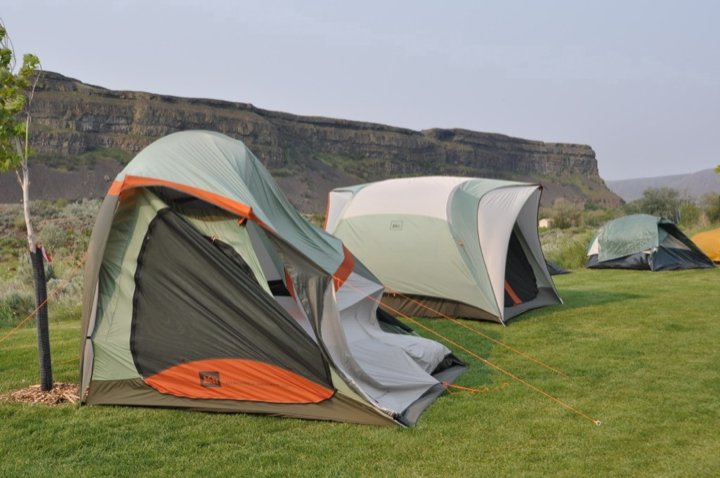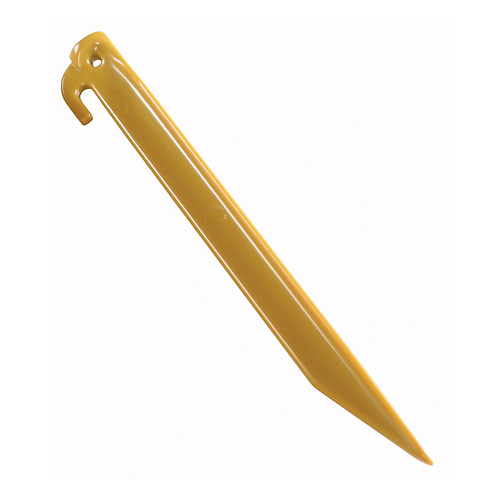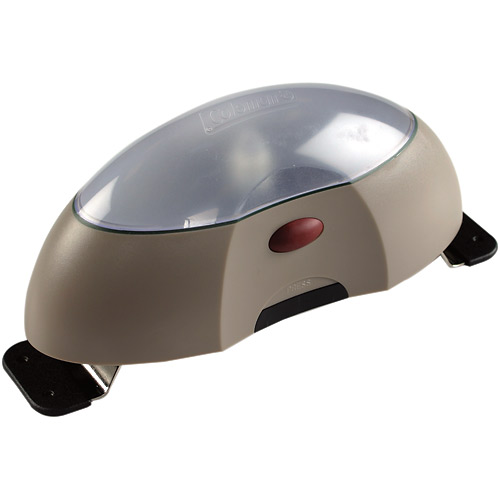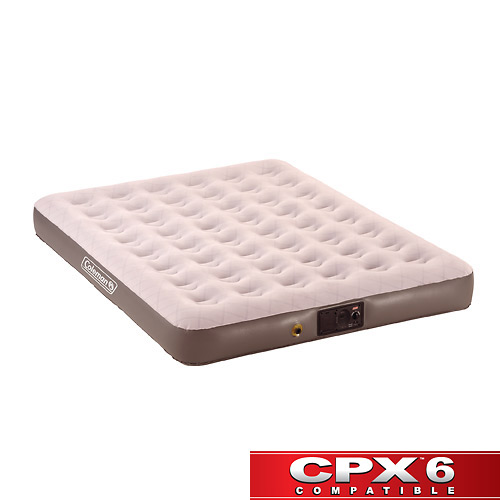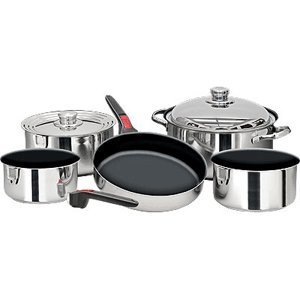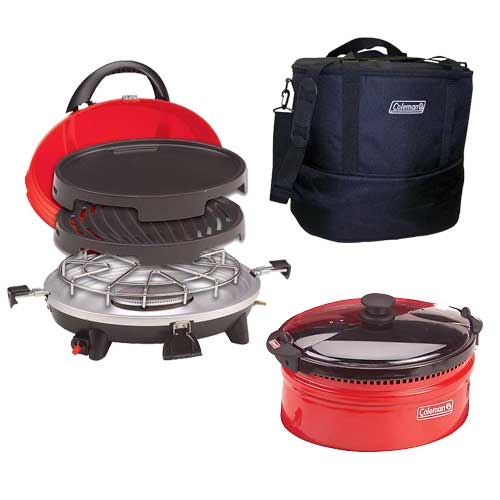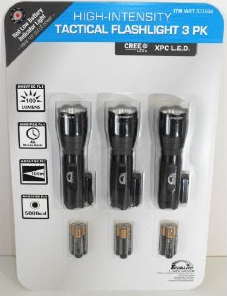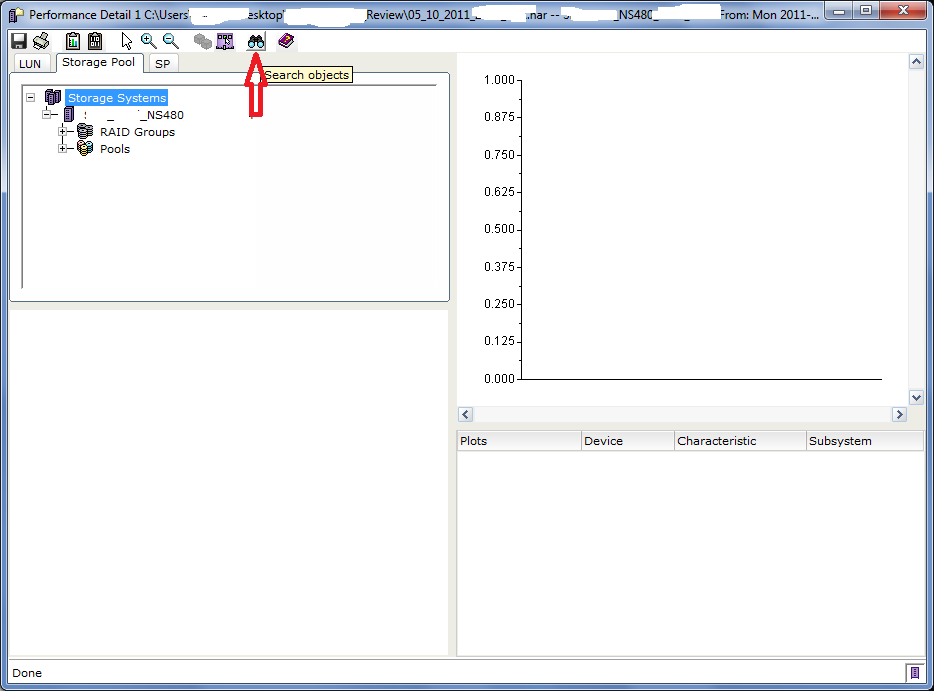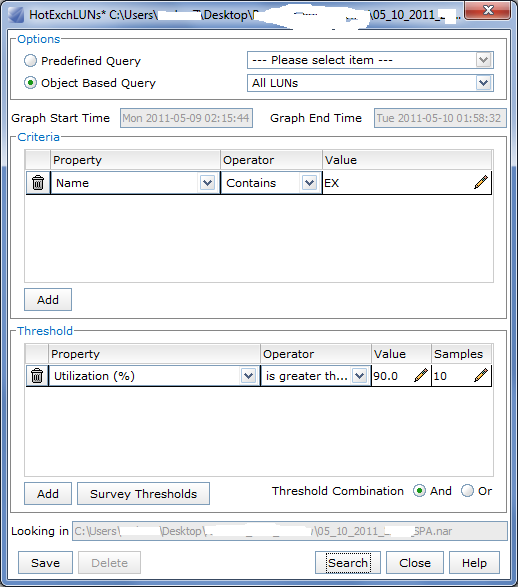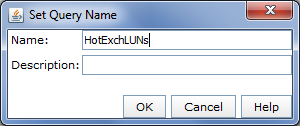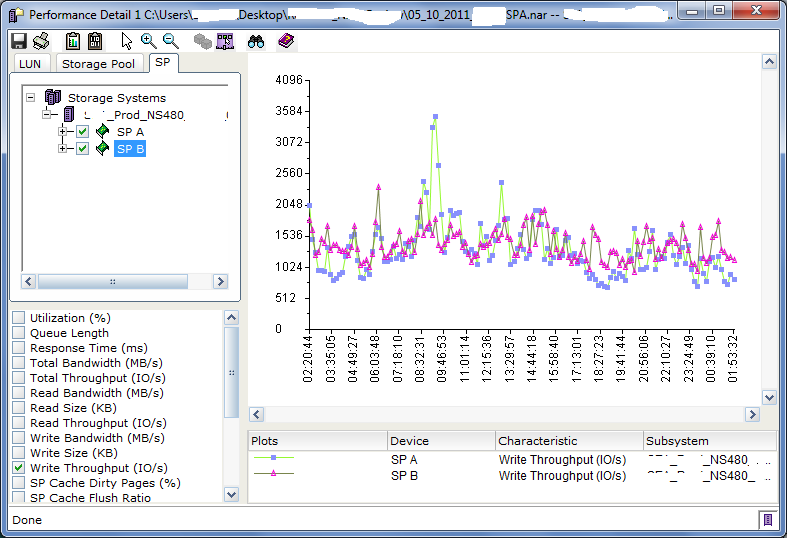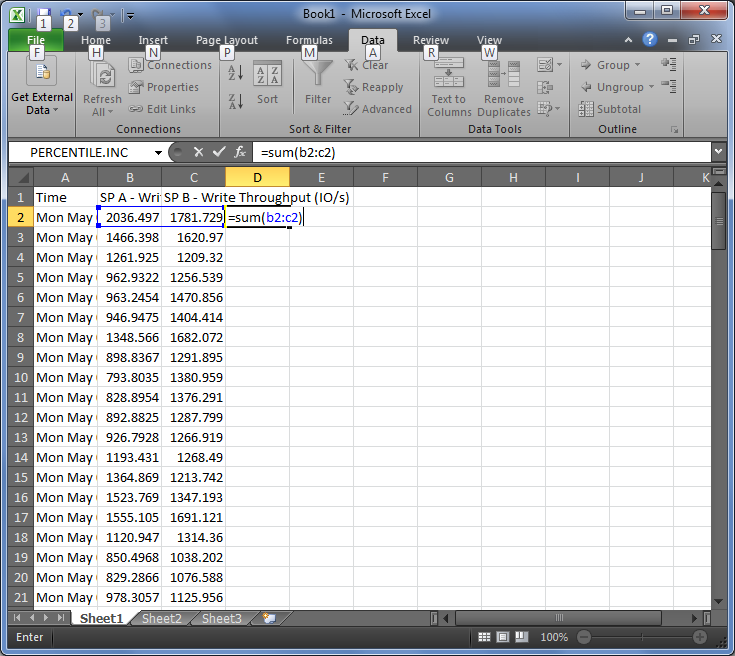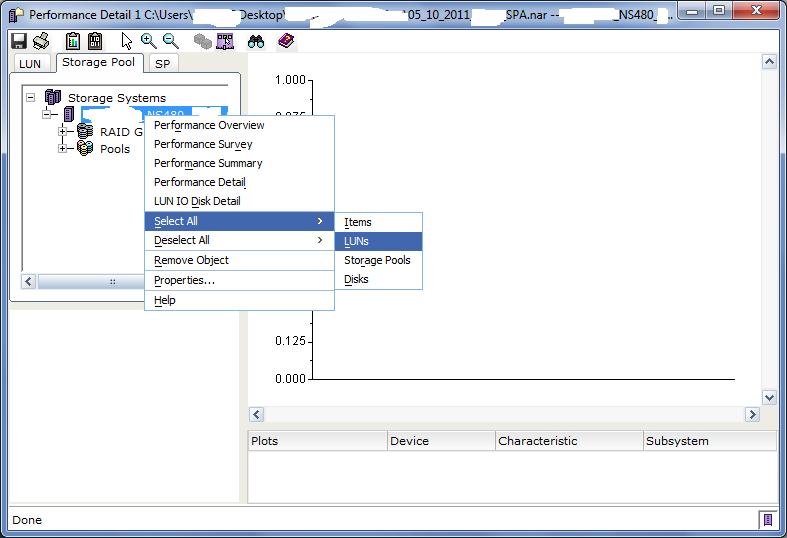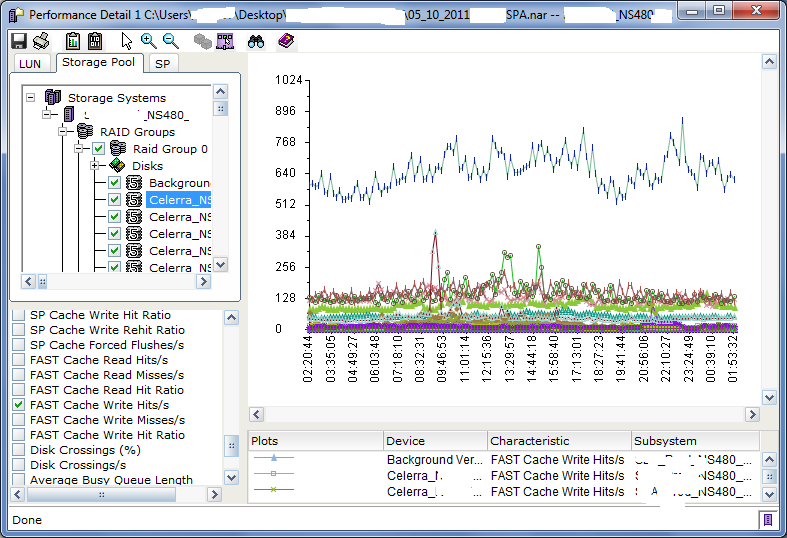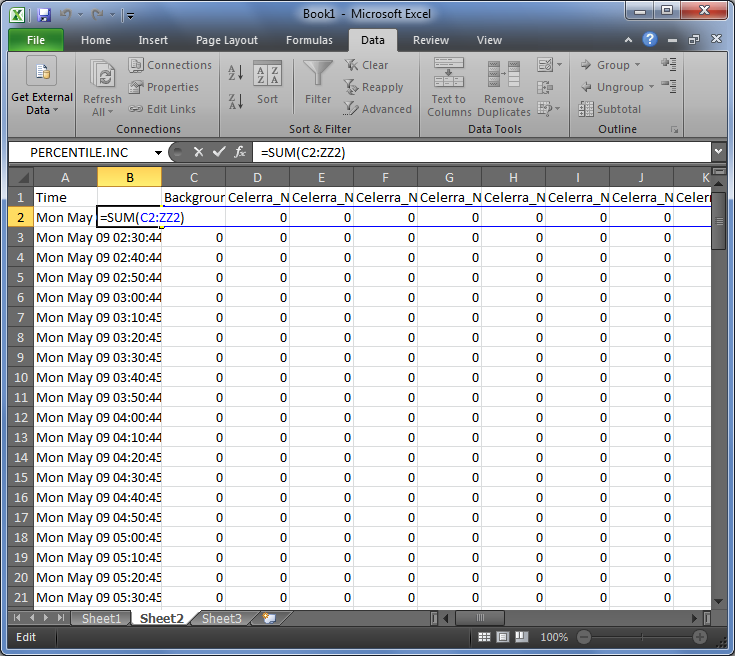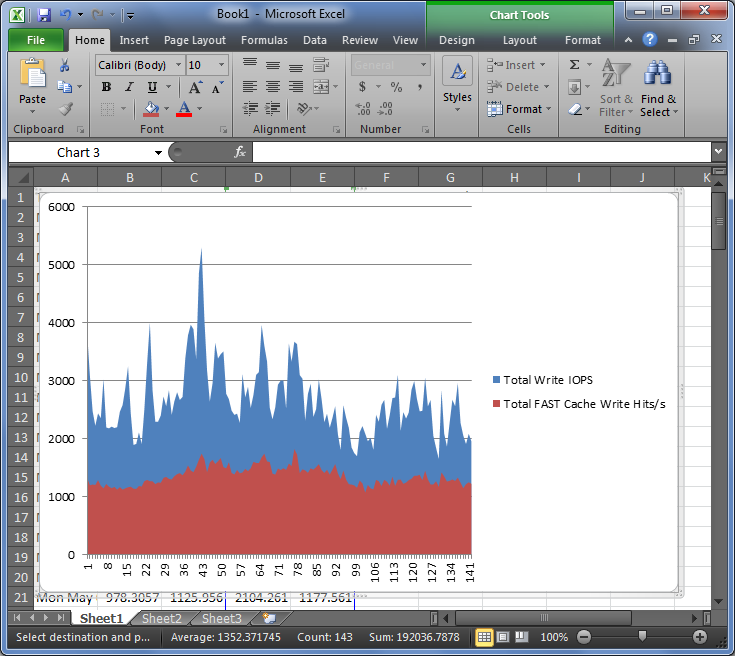For the past 13 years, I’ve organized a group camping trip on Memorial Day weekend. For the most recent 5 years or so we’ve also made the camping trip into a celebration and fundraiser for the charity that my wife and I founded (www.ctyl.org). Every year I look at the available Washington State Parks on the east side of the Cascades for a group site that can accommodate up to 40 people, has a body of water nearby, and generally looks nice. We go back to sites we like periodically as well. Prior to 2011, we had camped at the following locations, some of them several times:
- Alta Lake State Park
- Lake Wenatchee State Park
- 25-Mile Creek Campground (on Lake Chelan)
- Perrygin Lake State Park
- Lincoln Rock State Park (on Lake Entiat)
This year I decided to try Sun Lakes/Dry Falls State Park near Coulee City and aside from some variable weather that is always a bit of a challenge on Memorial Day Weekend, this location delivered a lot.
First, the scenery is amazing and the group site, which is on a little hill between the main campground and the RV sites, is situated perfectly to take in the scenery right from your tent or picnic table. Within walking distance of the campsite, there are miles of trails, a swimming beach, kids play area with climbing toys, a 9-hole golf course (Vic Meyers Golf Course), an 18-hole mini golf course, water balloon battle facility, water skiing, fishing, and paddle boating. With a short drive (5-30 minutes depending) you can visit Lake Lenore Caves, Dry Falls Visitor Center, Grand Coulee Dam, and several different lakes for more fishing and boating opportunities. For the 2011 Memorial Day weekend, the weather held to around 65-75 degrees during the day, two short rain periods (30 minutes each) came through, and on Sunday morning from about Midnight till 9am we experience very strong winds (30-40+ MPH) which toppled a tent and a screened shelter, and flattened several other tents. The rest of the time it was sunny and nice. At night it was pretty cold so heavy blankets/sleeping bags are a must. Weather at Sun Lakes is typically very nice during the main part of summer (July/Aug/Sep) with average temps of 85 degrees during the day.
Speaking of winds and tents, I took some pictures of various tents that we had this year and how they were faring during the wind storm. Most interesting was the two versions of REI Hobitat 6 tents that were next to each other.
The older version (closest to camera) could not handle the wind even with all of the guy wires staked out for support. The newer version held up just fine without any support lines. Our screened shelter started to fall apart because we hadn’t properly secured it but once we staked down the support wires it stood its ground. Our new, huge, tent held up great in the wind, except for the ground stakes that were included. We had to switch to different ground stakes which worked much better.
This Coleman WeatherMaster 10 is a special Costco Only version based on the WeatherMaster 6 I believe. The 6 has a screened porch while this Costco model had solid nylon to close the screens making the porch into a 3rd room. It’s 16×10 feet in size and has near vertical walls on all 4 sides. The hinged door is way more handy than you’d think it would be and it barely moved in the strong winds. It’s huge inside with room for porta-crib, dog bed, bags and 2 queen air mattresses without trying very hard. There were no rain leaks and it was easy to set up. However it’s quite heavy to pack (about 50lbs) and it takes 20 minutes to assemble. If you think you will see any wind, scrap the included tent stakes and buy the Coleman 9 inch ABS plastic stakes which are about $3 for 6. You’ll need 22 ground stakes for this tent with the rain fly. Make sure to bring a hammer or mallet and sink the ground stakes as far down into the ground as possible and at a slight angle (top of stake pointing away from the tent).
One thing to note… this WeatherMaster 10 tent is not the same one that Coleman lists on their website or that you’d find if you Google’d for it and based on the reviews I’ve read of that tent it’s a good thing. The normal WM10 has angled walls on the ends that make it hard to stand up near the ends; the Costco version has much more standing room. Costco sells this tent for $143 right now which is a screamin deal.
Several years ago I picked up a Coleman Tent Light which mounts to the inside wall or ceiling of the tent using a magnet with a metal plate on the outside. It has been really handy and works with pretty much any tent.
Last year, we also replaced our leaking air bed with the queen sized Coleman Quickbed. There are several versions of this with varying thicknesses and some with built-in speakers for MP3 players, others with attached carrying bags. Regardless of which one you choose, the primary reason thing you need to look for is the built-in battery powered air pump. You might think that you can use any pump to blow up your air mattress, and you’d be right, but having one built-in to the mattress provides several benefits.
- You don’t need to remember where you put your pump when you want to use the air mattress.
- You have a valid excuse for not letting other people borrow your air pump.
- In the middle of the night, when the air temperature has dropped and the air mattress pressure has dropped as a result of the denser air, you can reach over your pillow, turn a knob on the mattress, and pump it right back up without leaving your sleeping bag.
This air bed is one of the best things we’ve ever purchased for camping in my opinion.
This year my wife has been experimenting and blogging about make-ahead cooking and she decided to apply it to camping. So instead of bringing raw ingredients and preparing everything at the campsite, all of our meals were prepared ahead of time in various ways, some cooked and frozen, others chopped and ready for cooking, etc. This made meal time quicker, easier, and tastier and also made clean up easier. To cook the food we brought the usual two-burner propane stove (mine is an Edmund Hillary brand I’ve had for many years) and a griddle that fits perfectly on the stove. For cookware we brought our Magma Nestable Non-Stick Stainless Steel set. We originally bought this set for our boat and realized its size makes it perfect for these types of camping trips. The set is definitely not light enough to pack in a backpack, but otherwise it’s awesome. It cleans up easy and has pretty much every type of stove top pot/pan you need. You can get this set at many marine supply stores or online at Amazon which has it for just about $200.
While picking up our tent at Costco, we also noticed the Coleman All-in-One Cooking system and decided to buy it. It’s a stove that can also be made into a grill or griddle and it comes with a stock pot that acts like a slow cooker. It’s actually a pretty nice setup and Costco’s price can’t be beat. We used all the modes and it worked quite well with one exception. The slow cooker was a tad too hot even when the burner was on low so our chili kept boiling a little when we wanted it to just stay warm. Other than that, a pretty sweet kit. The kit includes the Coleman Insta-Start stove plus accessories that are normally optional but the kit’s price is lower. It appears that it is only available as a complete kit at Costco, Sams Club, and Camping World and Costco’s price was $99.
Another Costco purchase was the pack of three LED Flashlights. They are TechLite Lumen Master flashlights with 150 lumens of output and run on 3 AAA batteries. Online the price seems to be about $30 for the set of 3 but Costco had them for $19.99. These are the brightest flashlights I’ve used, LED or not, period. Totally worth the money and they are rugged aluminum and fit in your pocket.
TechLite Lumen Master CREE LED
Well, that wraps up this post. I hope this is helpful to anyone looking for some camping ideas.


